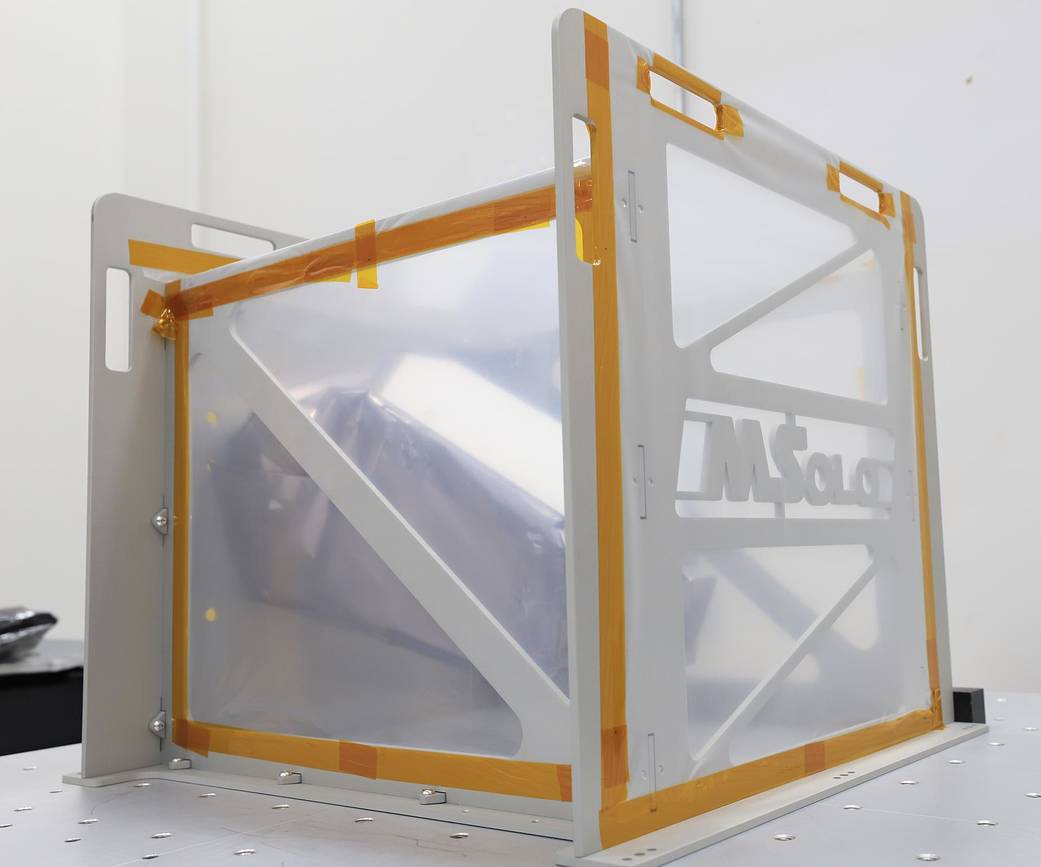Teams at NASA’s Kennedy Space Center in Florida recently completed testing of the Mass Spectrometer Observing Lunar Operations (MSolo) instrument that will fly on the agency’s Polar Resources Ice Mining Experiment-1 (PRIME-1) mission – the first in-situ resource demonstration on the Moon and first time NASA will robotically sample and analyze ice from below the lunar surface. Some of this included vibration testing, where the instrument was exposed to vibration elements similar to what would be expected during launch, and most recently, a mass properties test to determine the mass and center of gravity of the flight unit. The mass properties test, which concluded on Nov. 22, 2022, marked the end of the testing campaign.
Through NASA’s Commercial Lunar Payload Services initiative, the agency selected Intuitive Machines to fly PRIME-1 to the Moon. The mission will send two instruments – MSolo and The Regolith and Ice Drill for Exploring New Terrain (TRIDENT), designed and built by Honeybee Robotics – to the lunar South Pole on a ridge near the Shackleton crater. Both instruments will be mounted to Intuitive Machines’ Nova-C lunar lander. The lander uses information collected from the mass properties test, conducted on each payload carried by the lander, to improve stability and performance. Soon, teams at Kennedy will ship MSolo to Intuitive Machines for integration with the lander.
PRIME-1 is managed and funded by the Game Changing Development program and part of the Lunar Surface Innovation Initiative in NASA’s Space Technology Mission Directorate. It is scheduled to launch on a SpaceX Falcon 9 rocket in 2023. The data gathered from this mission will help researchers understand what natural resources, such as water, are available on the Moon – a key component for NASA’s goal to establish a sustainable human presence on the lunar surface by the end of the decade.
Photo credit: NASA/Cory Huston




























